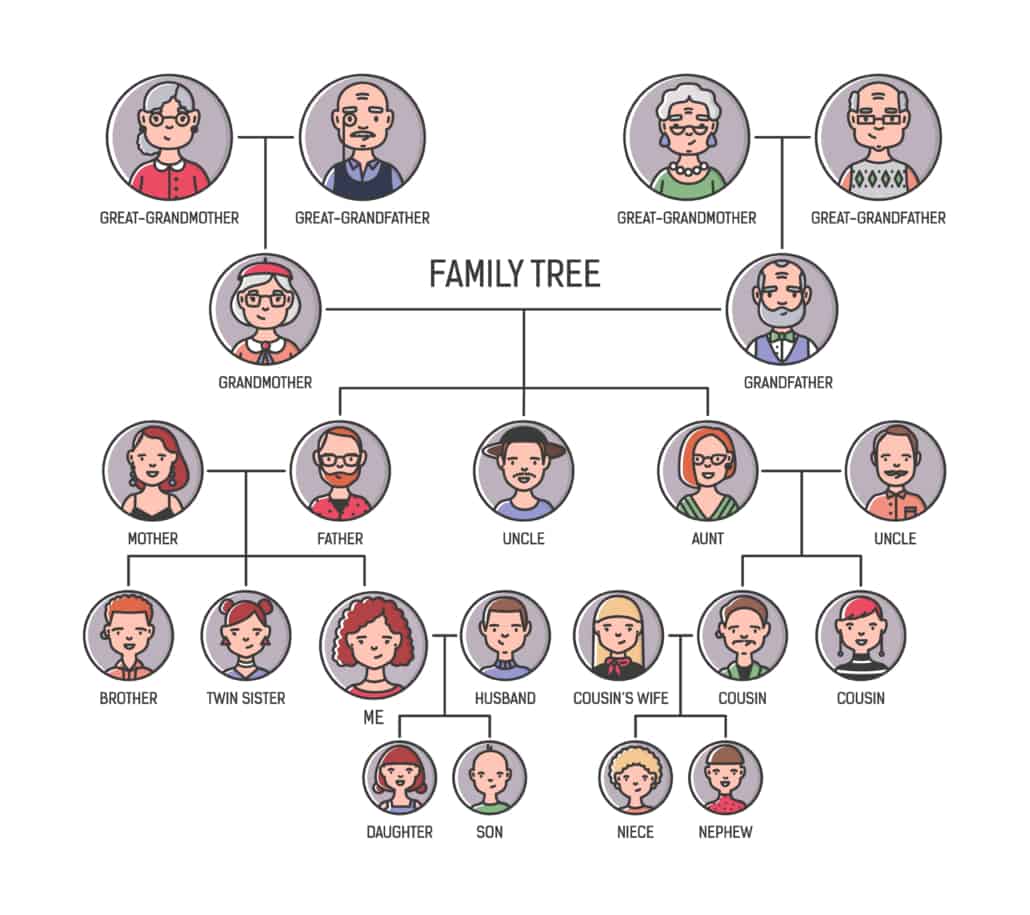Expect the Best, Train for the Worst
Friends, colleagues, and regular readers of my newsletter (same $0 as this blog subscription) know that I recently participated in a training program that was off the beaten path for those in my field of practice.
It’s taken me over a month to reflect on the experience and share it here, because there was so much to absorb.
Everyone with whom I spoke about this opportunity, before I went and since I returned, has been intrigued by the fact that I attended, and curious about what I gleaned from the experience.
This week I’ll share the salient highlights, along with some surprises.
“Intro to Crisis/Hostage Negotiation for MHP’s”
Before diving in, the only reason this possibility came to me is thanks to my social capital, i.e. the relationships that I’ve built and maintained with the fantastic people in the community I’ve encountered, via PPI, FFI, and FEC.
Being involved in various capacities with these peer networks has resulted in many cherished relationships, and with relationships sometimes come unique invitations.
So it was when Amanda Koplin, founder of Koplin Consulting, reached out to me and asked if I’d like to fill one of the extra spots in the upcoming training program she was organizing for her team.
She’d mentioned this weeklong program during our work together on a PPI committee, and I guess I sounded intrigued enough for her to extend this generous offer to me.
I still recall her initial idea: “In a hostage situation they send the cops, because it’s a crime; but it’s actually a mental health crisis”.
Role Plays and Playing Roles
So there I was in Nashville, surrounded by mental health professionals – “MHP’s” — (which I’m NOT, but trying to fit in) all being trained by ex-FBI folks.
Meanwhile, we were all learning the material these trainers normally teach to law enforcement officers.
There were some official “role plays” along the way, but I was also quite pre-occupied in playing the role of not sticking out too much.
It’s amazing what you can learn when you step out of your comfort zone. And yet, it was not nearly as uncomfortable as expected.
Key Takeaway Message
As I’ve shared with many since then, the most important learnings were about the attitude and demeanor one needs to adopt when presented with a crisis situation.
Not surprisingly, the ability to remain calm is fundamental to becoming a resource to those in crisis.
Their brains are filled with anxiety and therefore not functioning in an optimal way, so just by being there and remaining calm, you can already add lots of value.
Perhaps my lack of discomfort with this aspect stemmed from the fact that I’d been down this road in previous training programs, notably those in conflict resolution and Bowen Family Systems Theory (BFST).
It was underscored once again, and should never be forgotten.
Connecting with Those in Crisis – Not with their Heads
The second take-away was the importance of connecting with anyone in a crisis, and not just with their head. As noted above, their brain isn’t fully functioning in a crisis, so they’ll respond better to those who connect with them in other ways.
Getting someone to trust you in such situations comes down to connection at a deeper level whether you call it heart-to-heart, at a gut level, or having your souls connect.
Please note that these are my interpretations of what we learned, and these words were nowhere in the course materials.
In fact, I attended in search of learning to better connect with members of families I work with, so don’t be surprised that my learnings fall here.
Surprises Since My Return
Since coming back home, many people have asked about the experience, and so many of them get hooked on the hostage aspect, and not the crisis angle.
Indeed, some family enterprise situations do feature folks who do feel like hostages, but that’s really a whole other subject, because those are usually more “chronic” as opposed to the “acute” situations we learned about.
I suppose I shouldn’t be surprised that colleagues also seemed curious about the “what to do” in a crisis angle, whereas my experience was more about “how to be” in a crisis.
Like many life situations, much of it comes down to a negotiation of some sort, which isn’t rocket science by any stretch.
Keeping a cool head always helps.


